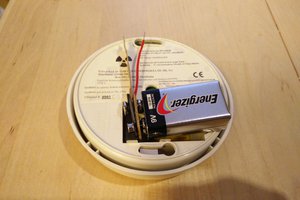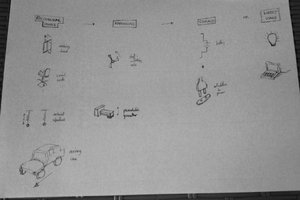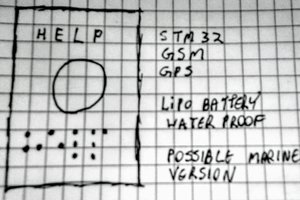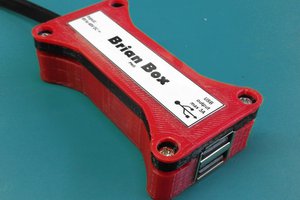To overcome these problems the Wi-Harge takes advantage of resonators, magnetic induction and a mobile application to charge up moving devices safely, efficiently with non-radiative fields. The goal of this project is to address the issue ,of stucking up at specific location and radiative fields, with the help of wireless charging, enabling gadget users and owners to extend their devices' battery life conveniently. With this project we want to eliminate the problem, when any one ends up with rat's nest cables and empty battery in Wi-Harge region, the mobile application will ask whether to charge or not. The device seems to help user to do what he/she wants to without stucking, as though a direct line of communication exists between the user and the hardware to be controlled.
Wi-Harge aims to link the gap between the user and physical hardware devices. Wi-Harge project consist of combination of resonators (High quality factor resonators enable efficient energy transfer at lower coupling rates, i.e., at greater distances), transmitters and receivers in mobiles (same impedance or frequency) that contain magnetic coils, wireless power transmission systems based on traveling electro-magneticwaves, mobile application (users controllable). Whenever user arrive in area that have Wi-Harge, the app will automatically open and request user permission to charge or not. By removing the distance between the user and hardware devices, our goal is Wi-Harge to feel more like an expansion of the body as opposed to an external machine. If Wi-Harge is implemented to areas like railways stations, parks, public places etc. it will reduces the problem occurring and increasing life of batteries.
 Manjeet Singh
Manjeet Singh

 Chuma A
Chuma A
 haydn jones
haydn jones
 Marius Taciuc
Marius Taciuc